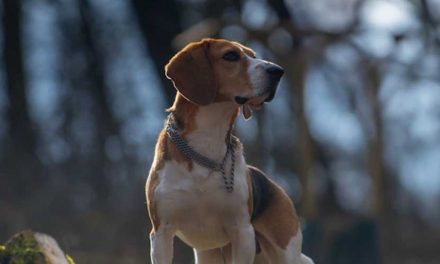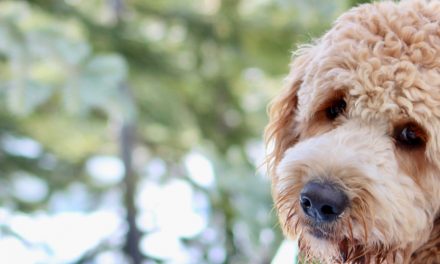When we think of space travel and exploration, images of astronauts in bulky suits, powerful rockets, and distant planets often come to mind.
However, the early days of space exploration were not just about humans; our four-legged friends played a vital role in paving the way for human spaceflight.
The Canine Pioneers In the 1950s and 1960s, as nations raced to explore the final frontier, dogs became the first Earthlings to venture into space.
This period was marked by intense competition, particularly between the United States and the Soviet Union.
The decision to use dogs was based on practical considerations: they were smaller than humans, easier to transport, and their physiological responses were easier to monitor.
Laika: The First Space Traveler
Laika, a stray dog from the streets of Moscow, became the first living being to orbit Earth on November 3, 1957, aboard Sputnik 2.
Her mission was historic, yet tragic; Laika did not survive the journey.
However, her flight provided crucial data on the physiological effects of space travel, contributing to the safety measures that would later protect human astronauts.
The Soviet Successes
Following Laika, the Soviet space program sent several more dogs into orbit, notably using the “Bion” missions.
Dogs like Belka and Strelka made significant contributions to our understanding of how living creatures respond to space conditions.
Belka and Strelka not only survived their mission but also returned safely, making them the first animals to do so after orbiting Earth, which was a huge milestone for space exploration.
The American Answer
In response, the United States undertook its own mission using dogs.
Since both nations recognized the importance of testing the effects of space on living beings, dogs, specifically breeds like the Beagle, were used in various experimental launches.
These missions helped scientists collect data on everything from stress levels to biological functions during flight.
Legacy of Canine Astronauts
The legacy of the dogs who ventured into space is profound.
Their sacrifices and contributions have expanded our understanding of life in space, informing future generations of astronauts who would follow.
These fur babies not only helped pave the way for human space exploration, but they also left an enduring impact on animal rights movements, raising awareness about the ethical treatment of animals in scientific research.
Modern Exploration and the Role of Dogs
While dogs have not embarked on space missions in recent decades, their contributions have been immortalized in the history of space exploration.
Today, however, dogs continue to play essential roles in various areas, including search and rescue, therapy, and even potential partnerships in future exploratory missions on Mars and beyond.
As we look toward the future of space exploration—where advances in technology could create opportunities for underwater exploration on moons like Europa or colonization of Mars—our bond with animals remains significant.
While we’ve moved from using dogs in spacecraft to employing robotic technology and artificial intelligence, the spirit of exploration forged with those early canine astronauts will always be a part of our journey into the cosmos.
In conclusion, the story of dogs in space is a poignant reminder of the interconnectedness of all living beings in the quest to understand our universe.
Their role in history is etched in the annals of time, paving the way for humanity’s continued exploration of the stars.












